
The increasing cost of pet care has become a significant factor driving pet owners to surrender their animals to shelters across the United States. According to a recent report from the American Pet Products Association, annual expenses for pet care have risen by nearly 20% over the past two years.
Inflation and Veterinary Costs Strain Pet Owners

Inflation has affected nearly every aspect of pet care, from food and grooming to essential veterinary services. The average cost of a routine veterinary visit now ranges between $50 to $250, with emergency care often exceeding $1,000, pushing many families to make difficult choices.
Shelter Overcrowding Reaches Crisis Levels
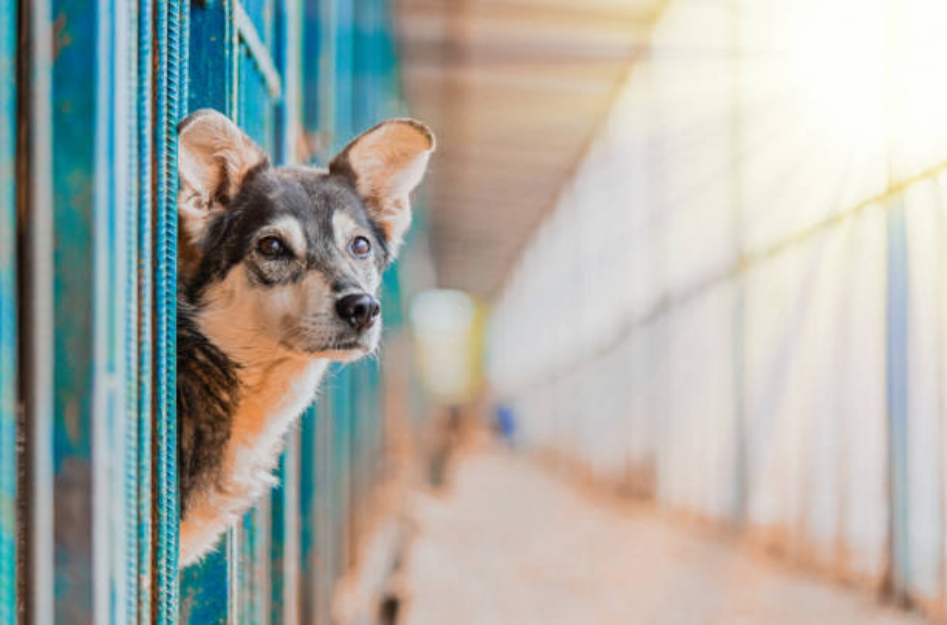
As a result of the rising costs, shelters nationwide are experiencing severe overcrowding, with intake numbers up by 30% since 2022, according to the ASPCA. Many facilities are operating at or above capacity, with some forced to turn animals away due to lack of space.
Economic Hardships Drive Pet Surrenders
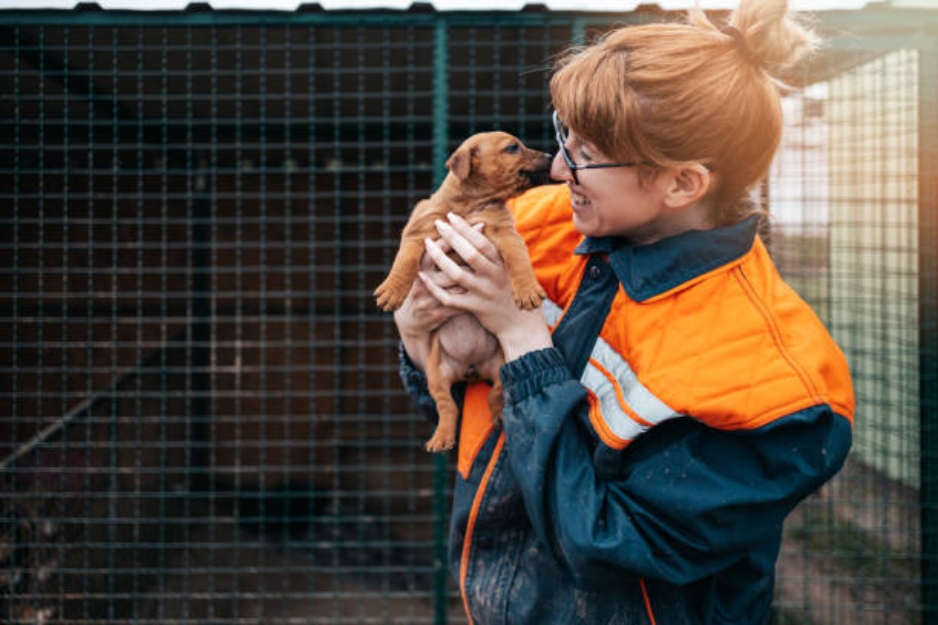
Shelter officials report that a significant portion of surrenders comes from families facing economic hardships, unable to afford the increasing costs of pet care. A survey conducted by Petco Love found that 45% of pet owners considered surrendering their pets due to financial strain in the past year alone.
Decline in Adoption Rates
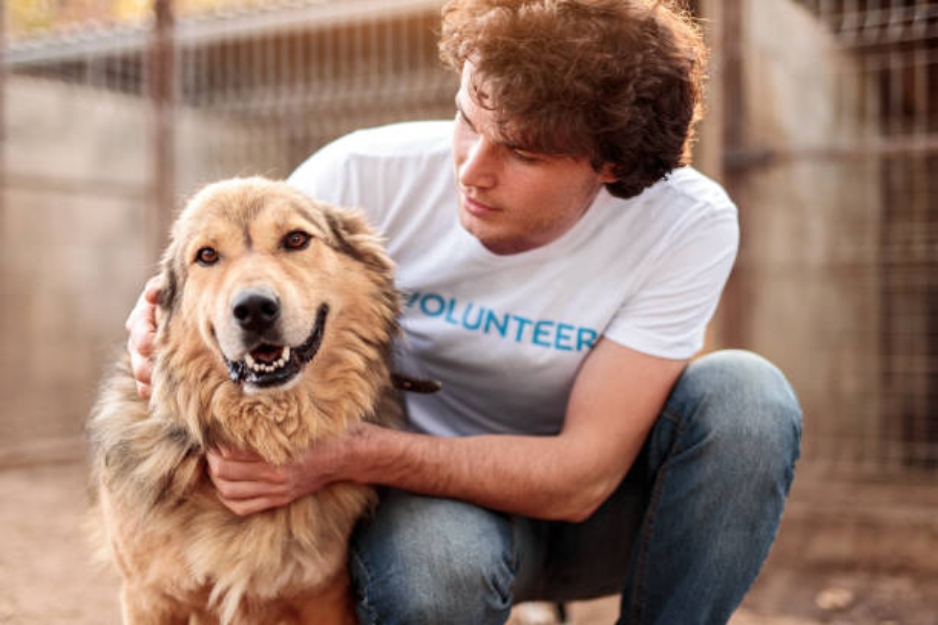
Despite an increase in the number of animals being surrendered, adoption rates have stagnated or even declined in many areas. The Petfinder Foundation revealed that adoption numbers fell by 15% in 2023, as potential adopters are deterred by the long-term financial commitment of owning a pet.
Increased Burden on Shelter Resources
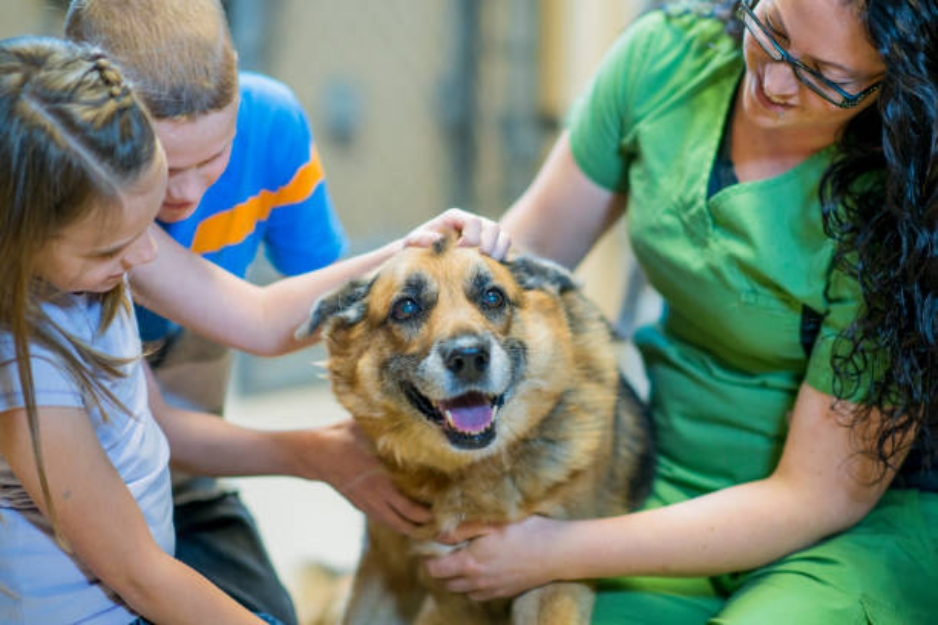
With shelters filled beyond capacity, resources such as food, medical care, and staff time are stretched thin, impacting the overall well-being of the animals. Many shelters are relying heavily on donations and emergency funding to cover basic needs, but these sources are not sustainable in the long run.
Community Programs Struggle to Keep Up

Programs aimed at helping low-income pet owners, such as discounted veterinary clinics and pet food banks, are struggling to meet the rising demand. Nonprofit organizations report a surge of up to 50% in requests for assistance, far exceeding what they can currently provide.
The Role of Pet Insurance

While pet insurance can help mitigate some of the costs associated with veterinary care, only 4.4 million of the estimated 86.9 million pets in the U.S. are insured, according to the North American Pet Health Insurance Association. Many pet owners find the monthly premiums unaffordable, especially given the current economic climate.
Calls for Legislative Action

Advocates are calling for government intervention, such as subsidies for low-income pet owners and increased funding for spay/neuter programs to help curb shelter overcrowding. Legislation aimed at capping veterinary fees is also being discussed as a potential solution to ease the financial burden on pet owners.
A Plea for Adoption and Support
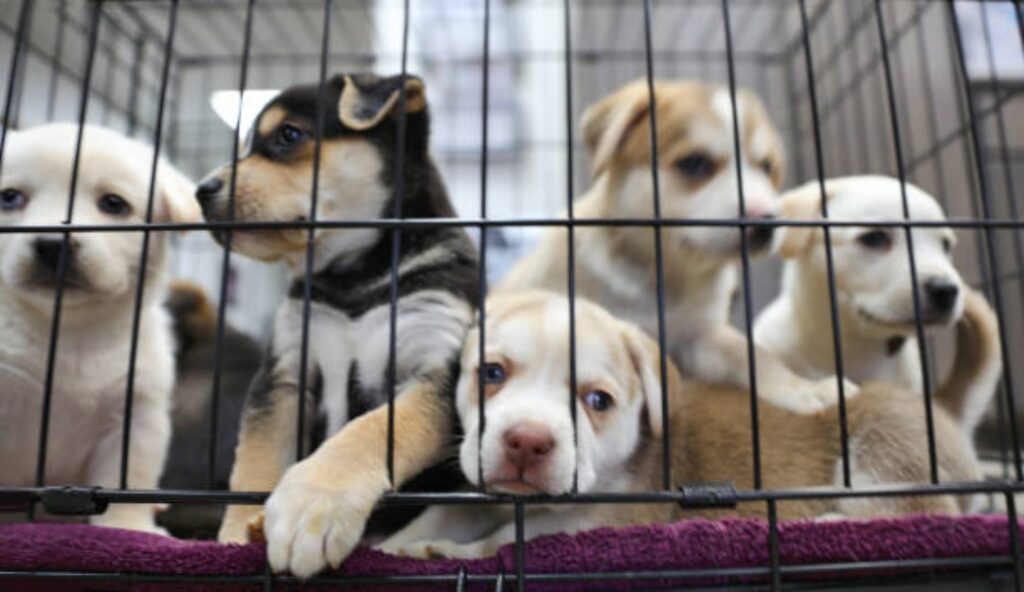
Animal shelters across the country are urging the public to consider adoption or foster care as a temporary solution to the crisis. By providing a safe home for even one animal, individuals can help alleviate the burden on overwhelmed shelters and give pets a second chance at a loving life.
Stay connected with us for more stories like this! Follow us to get the latest updates or hit the Follow button at the top of this article, and let us know what you think by leaving your feedback below. We’d love to hear from you!







